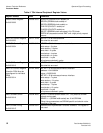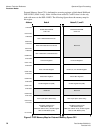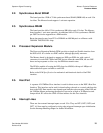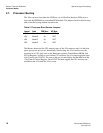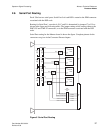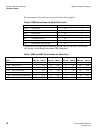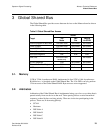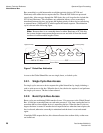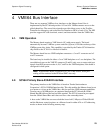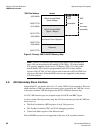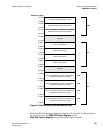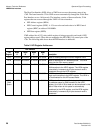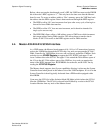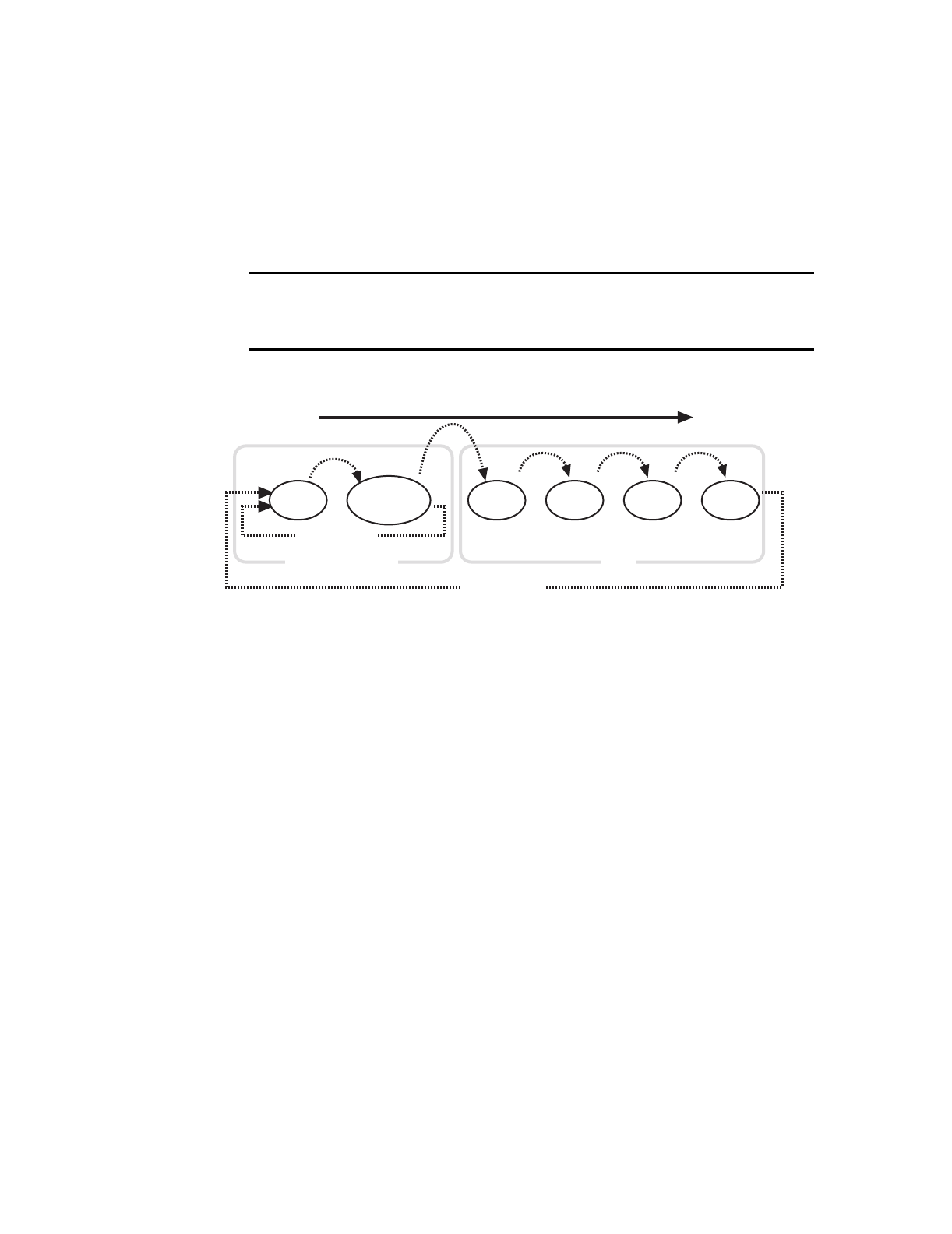
Monaco Technical Reference Spectrum Signal Processing
Global Shared Bus
20
Part Number 500-00191
Revision 2.00
Bus ownership is cycled between the two highest priority devices (SCV64 and
Hurricane) until neither device requires the bus. Then the DSP Nodes are processed
round robin. After one pass through the DSP chain, the cycle loops back to include the
SCV64 and Hurricane. This eliminates any arbitration latency as bus ownership is
transferred between devices, and grants the highest priority to those devices interfacing
to external buses (VME and PCI), which require the fastest response. The arbitration
cycle is shown in the following figure.
Note:
Because there is no ownership timer for either Hurricane or SCV64 chip
the system designer must ensure that processors are not held off from the shared
resources for unreasonable lengths of time.
Access to the Global Shared Bus can use single, burst, or locked cycles.
3.2.1. Single Cycle Bus Access
For single cycle accesses a device requests the global shared bus by simply initiating a
read or write access to the bus. When the bus is free, the device acquires it and performs
the single cycle access. The bus is then released.
3.2.2. Burst Cycle Bus Access
Burst cycles are used during DMA transfers from a ‘C6x processor to the Global Shared
Bus. A 6-bit bus ownership timer on each node prevents a ‘C6x from owning the bus for
more than 640 ns when another device is requesting the bus. When the burst cycles are
begun, the timer is started. If another device requests the bus when the timer expires, the
bus is released; otherwise ownership is maintained and the timer is reset and started
again.
If multiple DSPs request the bus, this scheme allocates time to them fairly so that none
are locked out.
Highest Priority Lowest priority
Round Robin
Round Robin
DSPVME & PCI Bus
Node AHurricaneSCV64 Node DNode CNode B
Figure 7 Global Bus Arbitration



